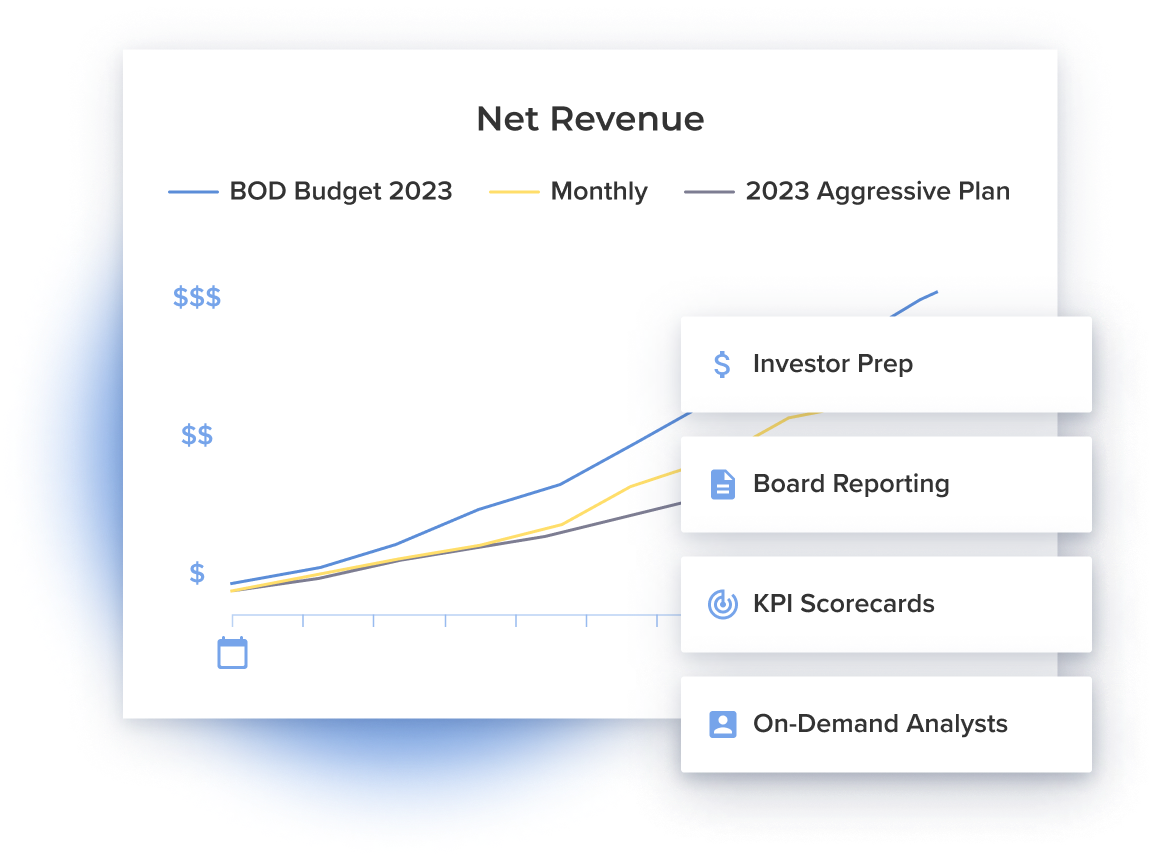Asset-Based Lenders (ABL)
Asset-based lending (ABL) comes from the world of traditional retail, where retailers (or wholesalers) could borrow against the value of the inventory they had on hand or in a warehouse. The key to ABL lending is the liquidation value (sometimes called the net liquidation value) where the lender makes a judgement about the amount of money they would get if they had to take possession of the inventory and liquidate it.
The ABL lender is asking themselves:
- If I had to, could I get this inventory and take possession of it?
- This is sometimes harder than it seems. Is the inventory in a warehouse or store? Is the warehouse dedicated to the borrower or is inventory from multiple retailers mixed together?
- How would I liquidate the inventory? Do I have to come in and do a “going out of business sale”? Can I liquidate online? Am I selling inventory to discounters?
- What percentage of full price (or cost) am I likely to achieve in all these various liquidation scenarios?
- How much time and money will it take to liquidate inventory? Will I have to pay rent, employees, or costs to keep sales sites running?
- How long will it take me to liquidate the inventory? Getting money back quickly is often more important than taking the risk of getting a higher price over a longer timeframe.
Based on the answer to those questions, the ABL will set the net liquidation value. They will then haircut the NLV in order to set a borrowing base, which is the amount they will lend. The good news is that the interest rates on ABL are much lower than other forms of debt, because the loan is backed by hard assets.
ABL can be tricky for DTC and eCommerce because access to inventory can be complicated by third-party logistics (3PL). Liquidation values are hard to determine and liquidation processes are hard to implement. For example, when CitySports went into liquidation, the lenders could walk into prime storefront locations and sell much of the inventory at high prices because that inventory included a lot of name-brand products from Patagonia and North Face.
But what does the lender to Ben’s Brand of Awesome Kitchen Knives do? Ben’s knives are in a 3PL center mixed in with 100 other DTC brands. The Ben’s brand is not well-known, so T.J.Maxx and other discounters are not interested. And the primary sales channel has been the website, so now the ABL lender has to run and maintain a website (and pay for more ads) in order to sell through whatever inventory they can actually get their hands on. So while ABL can be appealing in theory, it’s often a tough financial product to acquire for DTCs.
Pros:
- ABL offers a low interest rate compared to most other debt options available.
- There is a straightforward formula and process. It’s easier for borrowers to understand how their Borrowing Base can and will change based on their business.
Cons:
- There is never enough money. The borrowing base is always going to be a fraction of the value of the inventory on-hand.
- ABL does not finance inventory that’s in progress or in transit. That means you can’t finance the deposits to your Chinese supplier or what’s on a boat on its way to your warehouse. You can only finance what is on-hand.
- This form of debt involves intense reporting requirements. Reporting on inventory is often monthly and can be more frequent if the borrower is experiencing difficulty.
- There is an expensive due diligence process. Larger ABL lines will require appraisals and third-party verifications where appraisers visit warehouses.
Best For:
- Borrowers with sufficient inventory in-warehouse
- Borrowers with high brand recognition or selling name-brand goods
- Borrowers with good terms from suppliers
Pairs With:
- Equity
- Unsecured debt products like mezzanine or credit card debt. Senior lenders or collateralized lenders don’t want to carve out the single biggest part of the collateral picture for the ABL lender.



